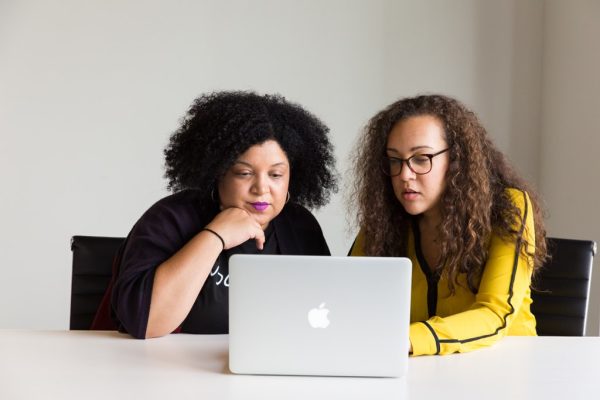WordPress is a powerful content management system that allows you to create and manage different types of content. Posts, pages, and custom post types are three different content types in WordPress that serve different purposes. In this article, we will delve deeper into the differences between these three content types, their benefits and use cases.
Posts
Posts are the most common type of content in WordPress. They are typically used for blog articles, news updates and other time-sensitive content. Posts are displayed in reverse chronological order on your website’s blog page.
When creating a post, you can assign it to one or multiple categories, and you can also add tags to help users find related content. Posts can be organized by date, category, tag, or author.
One of the key benefits of using posts is that you can create an RSS feed for your blog, which allows users to subscribe to your content and receive updates when new posts are published. This is a great way to build a loyal following and keep readers engaged with your website.
Another benefit of using posts is that they are typically more search engine friendly than pages. This is because search engines see posts as fresh and relevant content, which can help improve your website’s search engine rankings.
Additionally, posts typically have a commenting system, which allows visitors to engage with your content and share their thoughts. This can help foster a sense of community around your website and encourage visitors to return.

Pages
Pages are designed for static content that is not time-sensitive. Examples of pages include the About Us page, Contact Us page, and other information pages on your website. Pages are not organized chronologically and do not have categories or tags.
Pages are typically used for content that you want to be easily accessible from your website’s navigation menu. You can also create sub-pages or child pages to further organize your content.
One of the key benefits of using pages is that they are great for SEO. Pages provide a great opportunity to target specific keywords and optimize your website for search engines. Additionally, pages are typically more stable than posts, which means they are less likely to change frequently and confuse search engines.
Another benefit of using pages is that they are often used to create landing pages for specific products or services. By creating a dedicated landing page, you can provide more detailed information about your offering and increase the chances of converting visitors into customers.
Custom Post Types
Custom post types are a way to create and manage content that is different from posts and pages. They are used to create specific types of content that don’t fit into the post or page format.
For example, if you have a real estate website, you might create a custom post type for properties. This would allow you to create a custom interface for adding and managing property listings, with fields for specific details like property type, location, price, and more.
Custom post types can also have their own taxonomies, which allows you to organize them in a way that makes sense for your website. For example, you might create a custom taxonomy for property types, with categories like apartments, houses, and commercial properties.
One of the key benefits of using custom post types is that they allow you to create unique content types that are tailored to your website’s specific needs. This can help you create a more engaging and immersive user experience for your visitors.
Another benefit of using custom post types is that they can be used to create custom templates and layouts. This can help you create a more visually appealing website that stands out from the competition.
Conclusion
In conclusion, posts, pages, and custom post types are three different content types in WordPress that serve different purposes. Posts are used for time-sensitive content like blog articles, pages are used for static content like the About Us page, and custom post types are used to create specific types of content that don’t fit into the post or page format.
Understanding the difference between these content types is important when building a WordPress website, as it will help you choose the right content type for your content and organize it in a way that makes sense for your users. By using the right content type for your content, you can create a more engaging and immersive user experience that will keep visitors coming back to your website time and time again.
When creating content for your WordPress website, it’s important to consider the different types of content available to you and how they can be used to achieve your goals. Whether you are creating blog posts, landing pages, or custom post types, there is a content type that is designed to meet your specific needs. By taking the time to understand these different content types, you can create a website that is both user-friendly and search engine optimized, and that drives results for your business.






